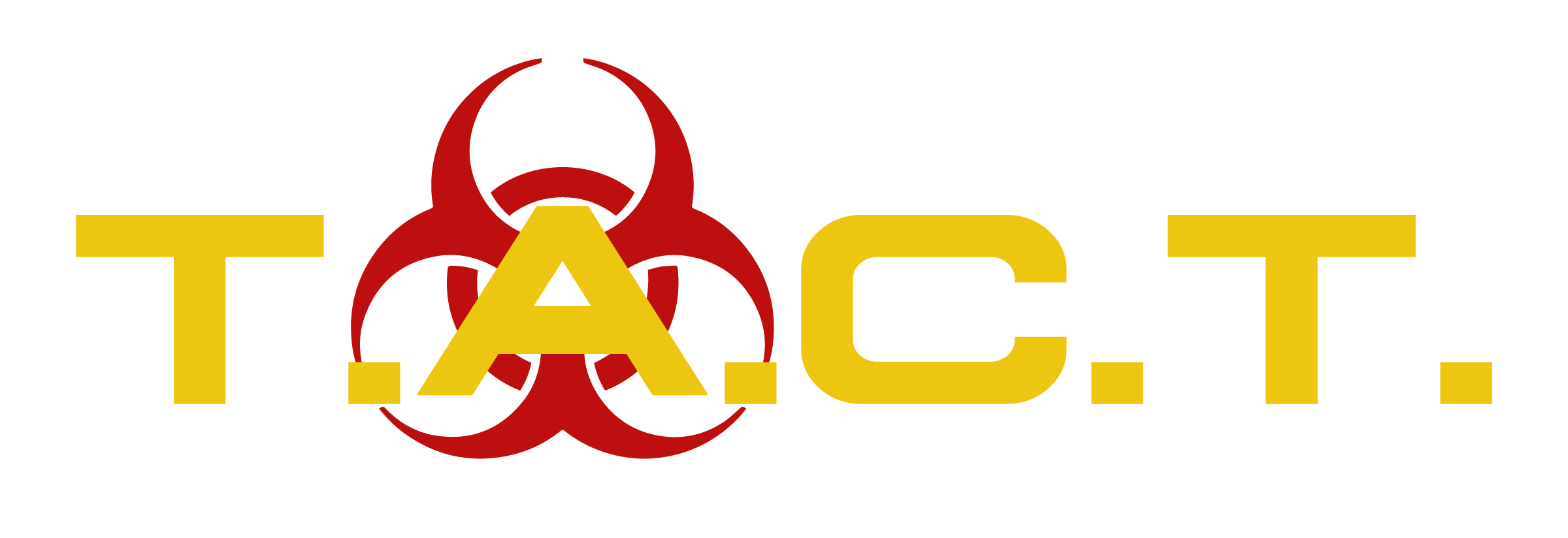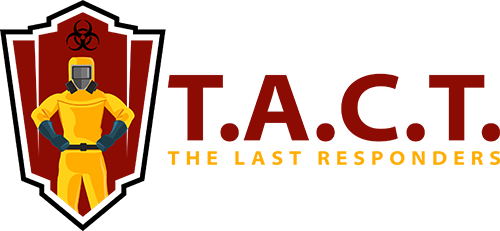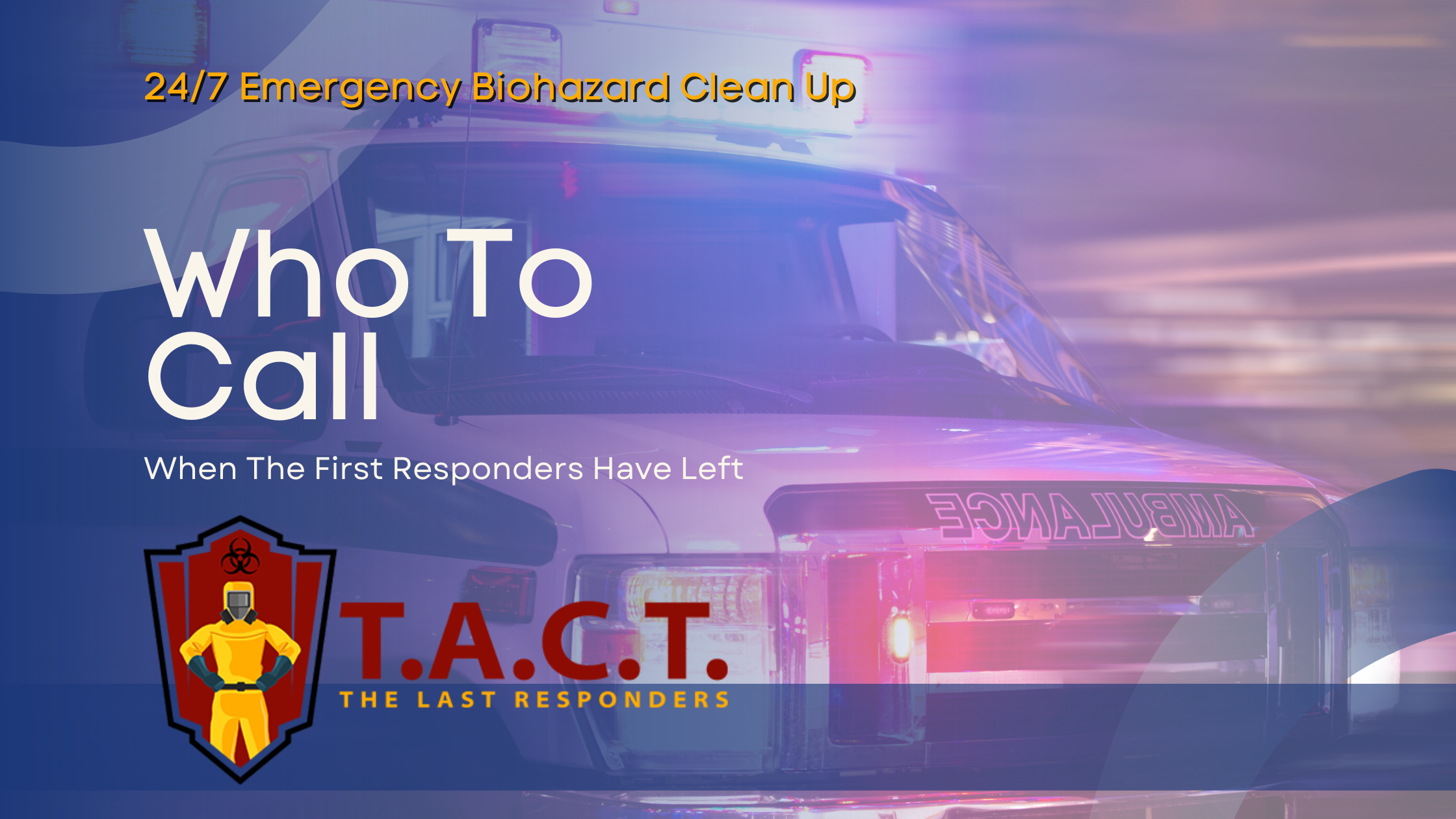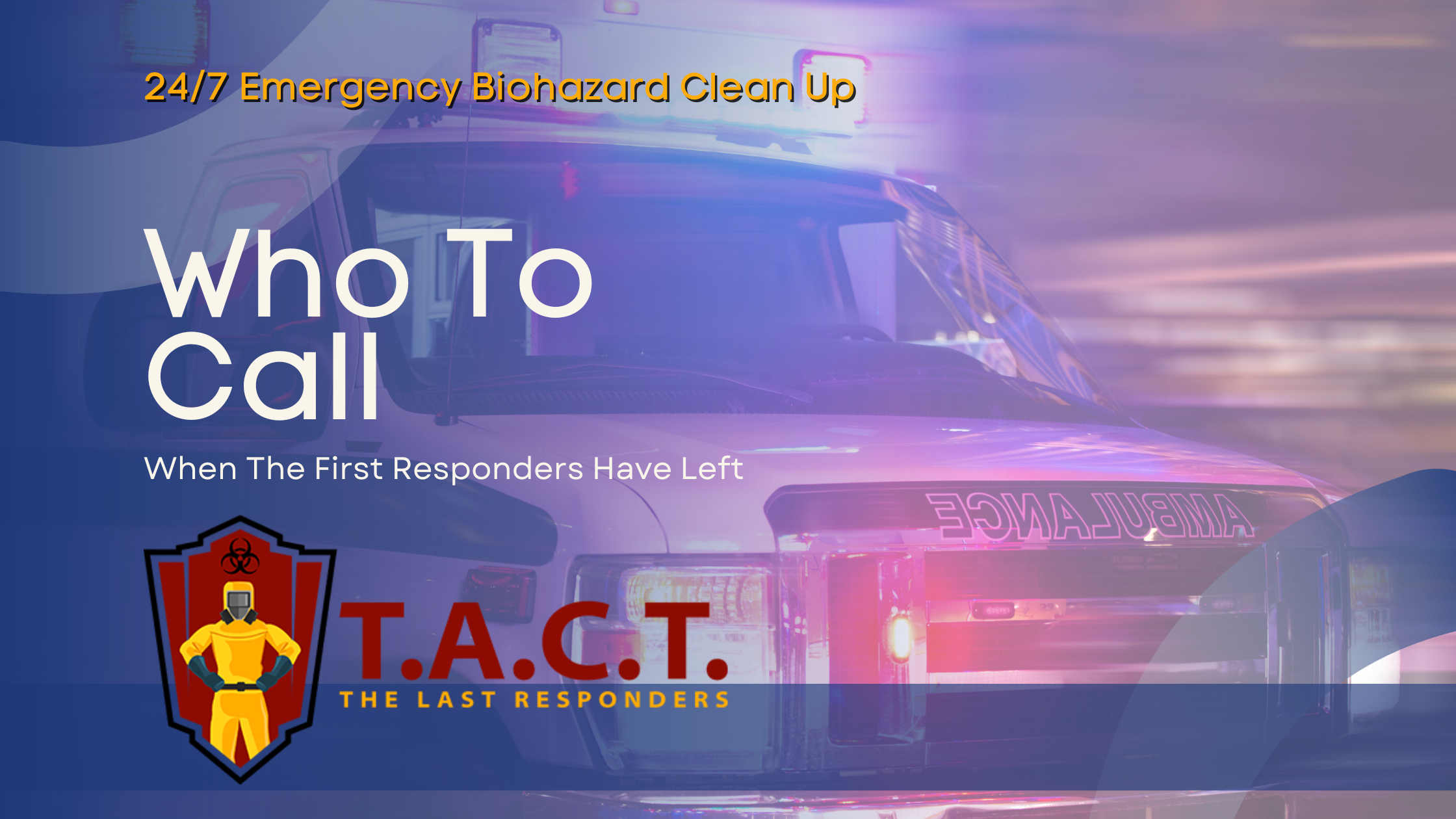hoarding

How to Become a Hoarder Cleanup Expert: Essential Tips and Strategies
Hoarding disorder is a poignant example of how mental health issues can create both emotional and physical challenges for individuals and their families. Becoming a hoarder cleanup expert involves more than just cleaning; it demands compassion, technical skills, and a deep understanding of the disorder’s roots. Before beginning any cleanup efforts, it is essential to take time to understand the unique challenges and emotional complexities faced by those affected by hoarding disorder. With training and resources, like those offered by TACT of North Atlanta, professionals can truly make a difference in the lives of individuals struggling with this condition.
This guide will explore the core aspects of becoming a hoarding cleanup expert, from understanding hoarding disorder and its effects to mastering safety compliance, specialized strategies, and business growth.
Understanding Hoarding Disorder and Its Challenges
Hoarding disorder is classified as an anxiety disorder and is characterized by hoarding behavior, which involves the accumulation of possessions and difficulty discarding them. The nature of hoarding disorder involves complex psychological and behavioral factors, including emotional triggers and dysfunctional behaviors. Those with this disorder experience an intense emotional attachment to possessions and are often unable to discard items due to emotional attachment, guilt, or fear—even those with no practical or sentimental value. The result is an overwhelmed living space that can pose serious health and safety risks.
The Emotional Complexity of Hoarding
Hoarding can impact every area of a person’s life, including their relationships with family and friends, as well as their physical environment and mental health. The process of helping someone reclaim their space requires patience, respect, and empathy. Successful cleanup often depends on having someone who truly understands the emotional challenges faced by the person with hoarding disorder. Compassionate clean-up often represents comfort or security for the individual, so cleanup professionals must recognize and accommodate these emotional dynamics during the process.
Families and Support Systems
For families, hoarding can create stress and strained relationships among family members. Family members often struggle to address hoarding issues and may need professional guidance to support hoarders effectively. Professionals must work collaboratively with loved ones, social workers, and mental health experts to ensure a thorough yet considerate cleanup plan.
The Cleaning Process for Hoarding Situations
The cleanup stage of hoarding requires meticulous planning. Each hoarding cleanup job involves breaking down the process into manageable tasks to ensure safety and effectiveness. Unlike regular cleaning, a typical hoarding situation often involves a large amount of clutter and mess that must be addressed systematically. Hoarding cleanup often involves hazardous environments, deeply entrenched clutter, and emotional resistance from the individual involved.
Step 1: Assessing the Property
At the beginning of any cleanup, it is essential to clearly assess the hoarder's home to understand the unique challenges involved.
Before cleanup can begin, a thorough assessment of the house is crucial. Understanding the condition of the hoarder's home—including risks such as pest infestations, structural damage, or exposure to biohazards—determines the level of personal protective equipment (PPE) required and guides the crafting of a detailed plan.
Step 2: Implementation
Effective hoarding cleanup involves removing trash, large items, and furniture, which often requires professionals to carry heavy or bulky possessions. Decluttering, deep cleaning, and sanitization are essential steps to ensure the whole house is thoroughly cleaned and sanitized. Plastic bags, industrial-strength bins, and deodorization tools play critical roles in containing odors and organizing waste. The cleanup is only considered completed once all areas have been addressed, and completing each step is essential for a successful outcome. Hiring a professional hoarding cleanup service ensures the process is handled efficiently and safely. Clear communication with the resident ensures boundaries are respected throughout the process.
Step 3: Post-Cleanup Support
The process doesn’t end with cleaning. Individuals often need support to maintain their living environment. Partnering with resources like TACT of North Atlanta ensures ongoing help that empowers residents to sustain their progress.
Technical Skills and Emergency Preparedness
Knowledge of Regulations and Protocols
Effective cleanup requires a solid understanding of OSHA regulations, safety protocols, and emergency procedures. These not only ensure a safe working environment but also mitigate liability risks.
Familiarity with Specialized Equipment
Industrial-grade vacuums, air filtration systems, decontamination equipment, and appropriate PPE are critical for hoarding cleanup. Using the right equipment increases efficiency during the cleanup process. Specialized equipment is also necessary for the safe removal and disposal of hazardous items, such as expired medications. Experts must know how to use and maintain these tools for optimal results.
Emergency Response Training
Sharp objects, mold, or biohazards are common in hoarding environments, creating potential safety risks. Having first aid and emergency response training ensures professionals can deal with unforeseen dangers, from cuts to toxic exposure, effectively.
The Role of Mental Health in Hoarding Cleanup
Since hoarding disorders often stem from underlying mental health conditions, a collaborative approach between cleanup professionals and a mental health professional is essential for addressing the underlying causes of hoarding disorder.
Compassionate Communication
Gently explaining the cleanup process, setting realistic expectations, and listening to the individual’s concerns fosters trust and reduces anxiety.
Recognizing Signs of Mental Health Struggles
Professionals trained to identify signs like heightened anxiety or resistance can recommend mental health interventions to support long-term recovery.
Collaboration for Success
Teams that include psychologists, social workers, and professional cleaners—such as those at TACT of North Atlanta— bring a holistic approach, addressing both the physical cleanup and the psychological well-being of the resident.
Team members can also benefit from taking a specialized course on hoarding disorder and intervention strategies to further enhance their effectiveness.
Continuing Education and Certification
Hoarding cleanup is an evolving field, requiring professionals to stay up to date on new technologies, regulations, and best practices. To maintain their expertise, professionals may need to pay for certification programs and ongoing training.
Certification Programs
Programs like those provided by the Institute of Inspection, Cleaning, and Restoration Certification (IICRC) help cleaners build industry-recognized qualifications. Such certifications improve credibility and potential earnings.
Staying Current with Industry Trends
Ongoing training programs, workshops, and online courses help professionals offer cutting-edge services with advanced equipment and strategies. TACT of North Atlanta also serves as a trusted resource for learning about innovations in the field.
Safety Compliance and Regulations
Following safety protocols is non-negotiable in hoarding cleanup. Professionals must prioritize compliance to protect themselves, their teams, and the individuals involved.
Key Regulations to Follow
Adhering to OSHA regulations ensures that all safety measures are observed, minimizing exposure to pathogens or hazardous objects. From PPE usage to proper waste disposal, compliance builds trust and professionalism.
The Value of Proactive Risk Management
Professionals who proactively follow safety guidelines and keep up with legal updates protect both their clients and their businesses.
Building a Successful Hoarding Cleanup Business
Developing a Strong Business Plan
A comprehensive business plan includes a market analysis, financial projections, and marketing strategies. This creates a roadmap for success in building a hoarding cleanup company.
Establishing a Network
Partnering with mental health professionals, social services, and other community organizations enables businesses to provide their clients with well-rounded care.
Reputation Management
Maintaining professionalism and delivering exceptional results ensures word-of-mouth recommendations. TACT of North Atlanta is a stellar example of this, providing compassionate, high-quality services that make a measurable difference in people’s lives.
Online Resources and Career Growth
Leveraging Online Training Programs
Many certification programs and webinars are available online, offering accessible options for professionals looking to expand their knowledge and credentials.
Building Connections in the Digital Space
Social media groups and professional forums offer spaces to share advice, resources, and even services. These platforms also allow professionals to build brand awareness and showcase their expertise.
Planning for Career Progression
Clear career goals enable steady growth, whether that means securing advanced certifications, taking on more complex jobs, or expanding your business. Resources like those from TACT of North Atlanta can inspire and guide your professional development.
Final Thoughts
Hoarding cleanup is a challenging but highly rewarding field. By cultivating compassion, technical knowledge, and safety compliance, professionals can provide life-changing services. With proper training, certifications, and partnerships, you can build a successful career as a hoarding cleanup expert. If you’re looking for guidance or a trusted partner in hoarding cleanup, organizations like TACT of North Atlanta stand ready to help, offering both expertise and empathy when it matters most.



